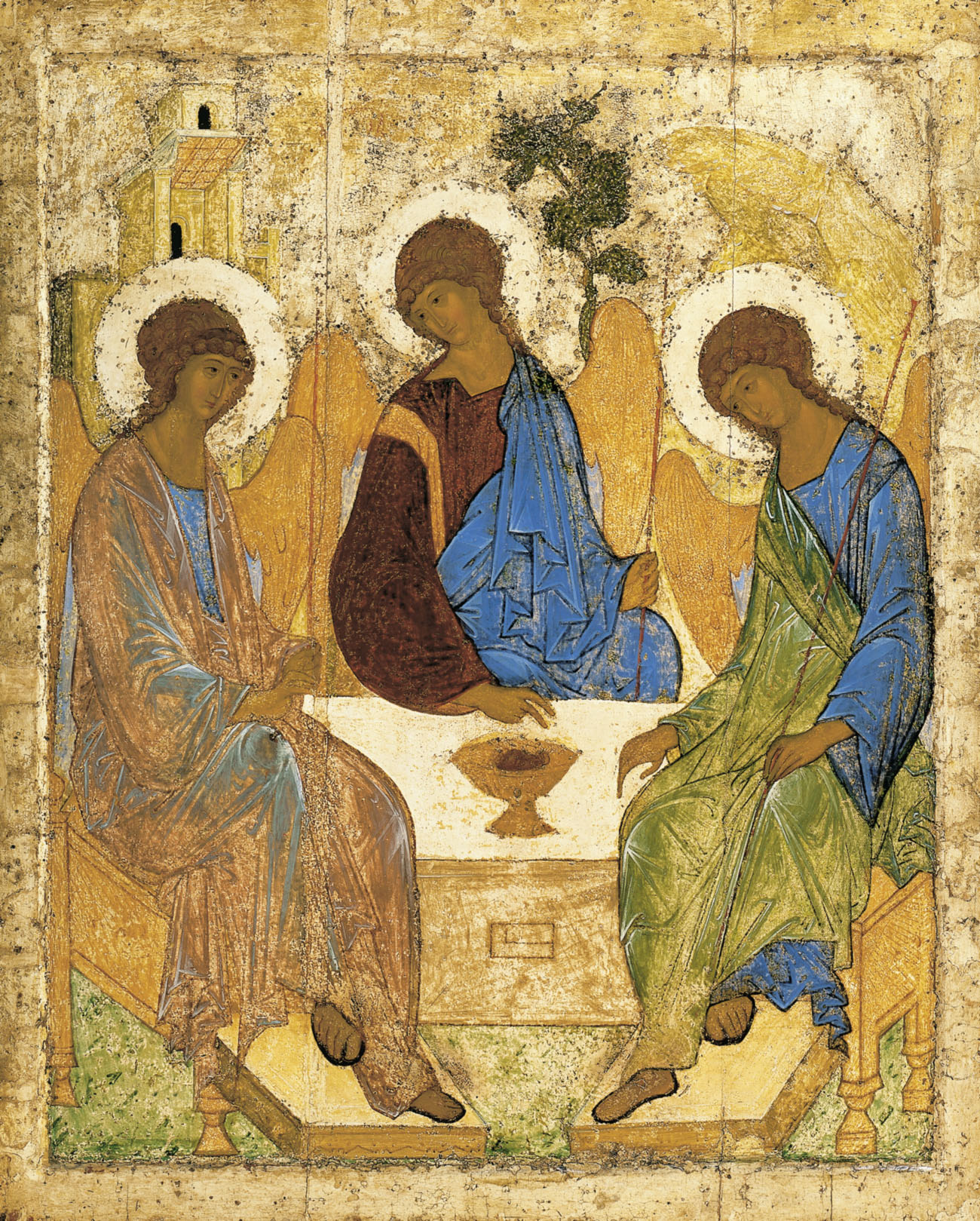 |
| Carravaggio's Doubting Thomas |
No wonder Thomas said "No thanks." Just seeing is believing. Thomas is so very much like us.
Think of the lesson of the story of doubting Thomas. Because of Thomas' doubt, Jesus says, "Blessed are those who have not seen and have believed." That's us!!! \0/ \0/ \0/
Another lesson is the fact that Jesus shamed Thomas, and because of Thomas "epiphany", Thomas' faith is solidified. His faith grows exponentially. Thomas goes on to be a missionary to the East. India's Christians venerate him. I vaguely remember that there are a few Christians in Tibet (yes) and they trace their history to St. Thomas, too. (I'm too lazy to do a google search and prove this to you.)
Another interesting story revolves around Thomas being the only apostle not being present to see the resurrected Jesus, and the death of Mary. Thomas was the only witness to see Mary assumed into heaven (making up for his being left out of seeing the resurrected Jesus). The other apostles were miraculously transported to Mary's death bed and were present with her. Thomas missed out, again. However, Thomas was later transported to her tomb, where he saw her assumption, into heaven. As Mary ascended, she dropped her girdle (belt) to Thomas.
Here's the big reversal. (God does this continually.) Thomas now tells the other apostles that Mary was assumed up to heaven. They doubt. Not until the apostles see Mary's empty tomb and her very own girdle (belt), do they believe. (Come on guys, put your hands inside the tomb, and finger this girdle. Blessed are those who have not seen and have believed.)
The story continues. Thomas' receiving of Mary's girdle, is often depicted in art. Thomas' doubting is reduced to a metaphorical knot in the Bavarian painting, Mary Undoer of Knots.* For some reason, this famous painting by the German, Johann Georg Melchior Schmidtner (1700) became the poster for the devotion, Mary Undoer of Knots. Many Catholics venerate this image. One famous pilgrim was so taken by the image that he brought it to his own country. I'm talking about Jorge Bergoglio who later became Pope Francis I,. Archbishop Bergoglio promoted her veneration in Latin America. The devotion attracts people with small problems. Archbishop Bergoglio had the image engraved on a chalice he presented to Pope Benedict XVI. And a similar chalice was presented to Bergoglio, when he became pope, by the Argentine people.
Here's the thread: doubting Thomas, doubting apostles, all tied up in Mary's girdle (belt). God can do anything. Undoing knots is easy, especially when compared to changing doubters into believers.
Virgin Mary, Mother of fair love, Mother who never refuses to come to the aid of a child in need, Mother whose hands never cease to serve your beloved children because they are moved by the divine love and immense mercy that exists in your heart, cast your compassionate eyes upon me and see the snarl of knots that exist in my life.
You know very well how desperate I am, my pain and how I am bound by these knots.
Mary, Mother to whom God entrusted the undoing of the knots in the lives of his children, I entrust into your hands the ribbon of my life.
No one, not even the Evil One himself, can take it away from your precious care. In your hands there is no knot that cannot be undone.
Powerful Mother, by your grace and intercessory power with Your Son and My Liberator, Jesus, take into your hands today this knot...I beg you to undo it for the glory of God, once for all, You are my hope.
O my Lady, you are the only consolation God gives me, the fortification of my feeble strength, the enrichment of my destitution and with Christ the freedom from my chains.
Hear my plea.
Keep me, guide me, protect me, o safe refuge!
Mary, Undoer of Knots, pray for me
 |
| St. Thomas Cross |
* The concept of Mary untying knots is derived from a work by St. Irenaeus of Lyons, Adversus haereses (Against Heresies). In Book III, Chapter 22, he presents a parallel between Eve and Mary, describing how "the knot of Eve's disobedience was loosed by the obedience of Mary. For what the virgin Eve had bound fast through unbelief, this did the virgin Mary set free through faith.
h/t https://en.wikipedia.org/wiki/Thomas_the_Apostle


